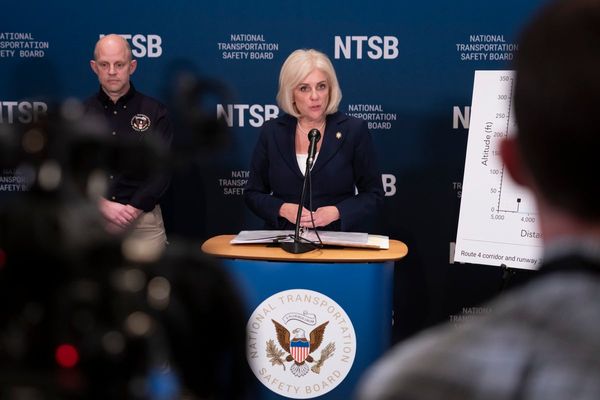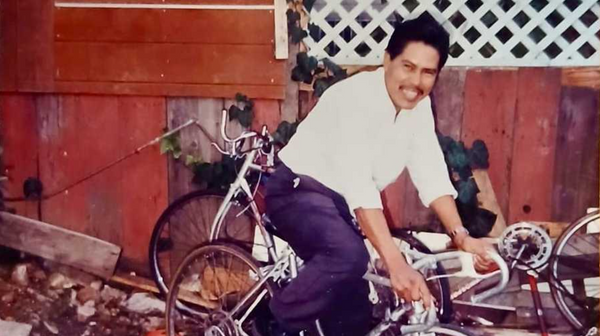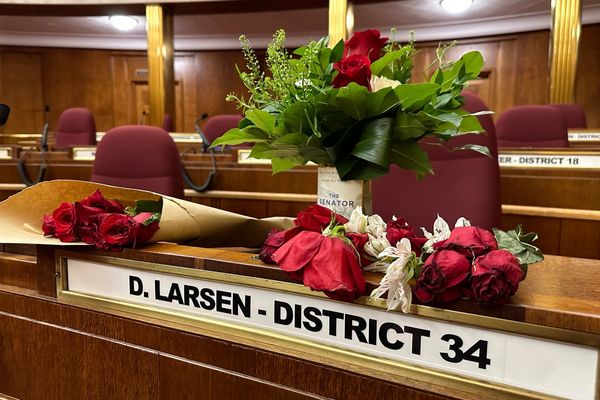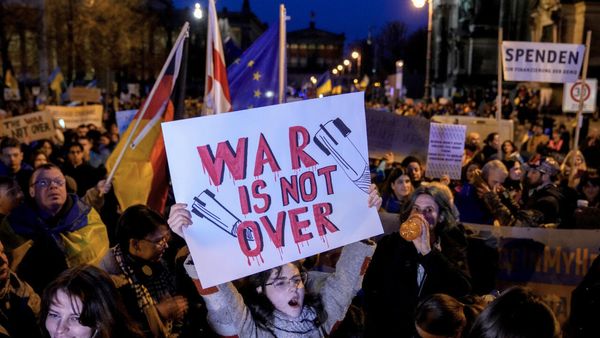
AYACUCHO, Perú — During Peru's most violent period between 1980 and 2000, approximately 20,000 people disappeared, leaving behind a trail of grief and uncertainty for their families. Lidia Flores, a resident of Ayacucho, lost her husband, Felipe Huamán, to this turmoil in July 1984. Despite finding his remains 40 years ago, Flores chose to advocate for others who also experienced the pain of losing loved ones during that dark time.
Flores now leads the National Association of Relatives of Detained and Disappeared Persons of Peru (Anfasep), a group dedicated to seeking truth and reparations for the victims. The violence in Peru was a result of the conflict between the government and the Communist organization Sendero Luminoso, which unleashed terror through bombings, massacres, and disappearances.
Adelina García, another affected individual, shared her story of her husband's disappearance in 1983, highlighting the constant fear and uncertainty that plagued families during those turbulent years. Despite the passage of time, many families, like García's, continue to search for justice and closure.











For those with missing loved ones, maintaining a spiritual connection provides solace. Luyeva Yangali, whose father disappeared in 1983, expressed her unwavering faith and ongoing prayers for his well-being. Despite efforts by forensic experts and organizations, only a fraction of the missing persons have been found, leaving many families in limbo.
Recently, a restitution ceremony in Ayacucho allowed Pablo Valerio and others to bid farewell to their relatives whose remains were finally laid to rest. The emotional gathering provided closure for some, as they honored their loved ones and acknowledged the enduring impact of the past violence.
As Peru continues to grapple with the legacy of its violent history, the quest for truth and justice remains a poignant reminder of the resilience and determination of those who refuse to forget their lost loved ones.







